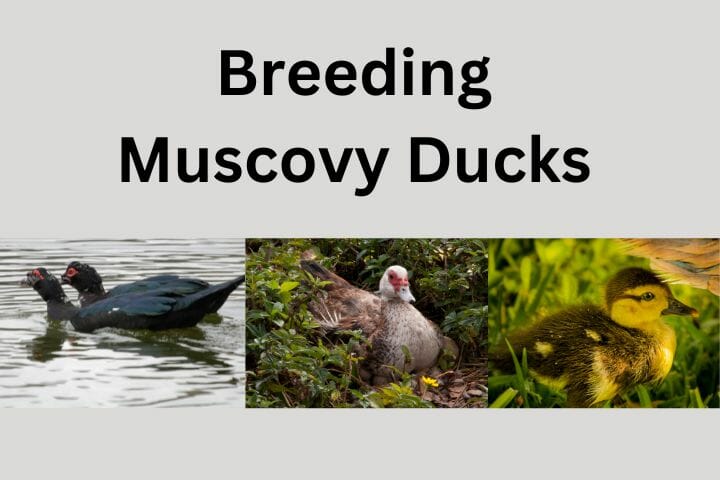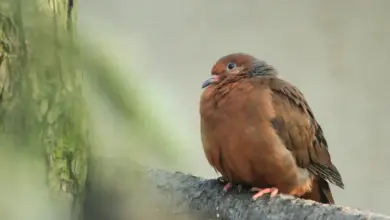Mexican Woodnymphs or Crowned Woodnymphs – Hummingbirds
The Mexican Woodnymphs or Crowned Woodnymphs (Thalurania ridgwayi – Nelson, 1900) is a hummingbird that is endemic to the Pacific slope of Mexico where it is patchily distributed in the south Nayarit, Jalisco, and Colima states.
It inhabits humid, semi-deciduous woodland and coffee plantations at elevations of 250-1,200 m (820 – 4,000 ft). One assumes that it usually remains close to streams and avoids the forest edge – but little is known about its habits.
Within its natural range, this hummingbird is commonly known as Nifa Mexicana, Ninfa Mexicana, or Zafiro Mexicano.
The existence of this species is threatened by the ongoing clearance of forest (its habitat) within its range for agriculture.
In the past, it has been considered conspecific (one single species) with the Violet-crowned Woodnymph of Central and northern South America.
Description
The adult male has a metallic violet-blue forehead and crown (top of the head). The cheeks, chin, throat, and chest are bright metallic yellowish emerald green. The rest of its under plumage is dullish black. The sides are glossed with metallic bronze-green. The bill is black, the eyes dark brown and the feet blackish.
His occiput, nape (back of the lower neck), and sides of the hinder crown are dark metallic bluish-green, appearing nearly black when seen from the front.
The wing feathers and rump are mostly a uniform metallic bronze-green. The remiges (long flight feathers of the wing) are dusky, faintly glossed with violet.
The upper tail feathers are darker. The tail is uniformly black, faintly glossed with bluish.
Nesting / Breeding
Hummingbirds are solitary in all aspects of life other than breeding, and the male’s only involvement in the reproductive process is the actual mating with the female. They neither live nor migrate in flocks, and there is no pair bond for this species. Males court females by flying in a U-shaped pattern in front of them. He will separate from the female immediately after copulation. One male may mate with several females. In all likelihood, the female will also mate with several males. The males do not participate in choosing the nest location, building the nest, or raising the chicks.
The female Mexican Woodnymph is responsible for building the cup-shaped nest out of plant fibers woven together and green moss on the outside for camouflage in a protected location in a shrub, bush, or tree. She lines the nest with soft plant fibers, animal hair, and feathers down, and strengthens the structure with spider webbing and other sticky material, giving it an elastic quality to allow it to stretch to double its size as the chicks grow and need more room. The nest is typically found on a low, thin horizontal branch.
The average clutch consists of two white eggs, which she incubates alone, while the male defends his territory and the flowers he feeds on. The young are born blind, immobile, and without any down.
The female alone protects and feeds the chicks with regurgitated food (mostly partially digested insects since nectar is an insufficient source of protein for the growing chicks). The female pushes the food down the chicks’ throats with her long bill directly into their stomachs.
As is the case with other hummingbird species, the chicks are brooded only the first week or two and are left alone even on cooler nights after about 12 days – probably due to the small nest size. The chicks leave the nest when they are about 20 days old.
Diet / Feeding
The Mexican Woodnymphs primarily feed on nectar taken from a variety of brightly colored, scented small flowers of trees, herbs, shrubs, and epiphytes. They favor flowers with the highest sugar content (often red-colored and tubular-shaped) and seek out, and aggressively protect, those areas containing flowers with high-energy nectar. They use their long, extendible, straw-like tongues to retrieve the nectar while hovering with their tails cocked upward as they are licking at the nectar up to 13 times per second. Sometimes they may be seen hanging on the flower while feeding.
Many native and cultivated plants on whose flowers these birds feed heavily rely on them for pollination. The mostly tubular-shaped flowers exclude most bees and butterflies from feeding on them and, subsequently, from pollinating the plants.





